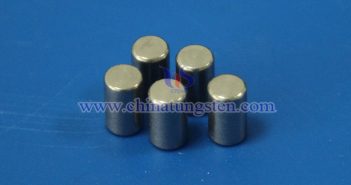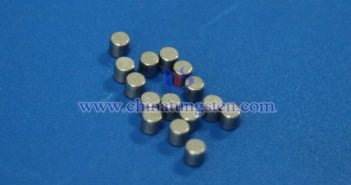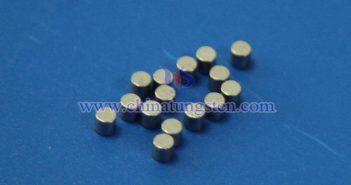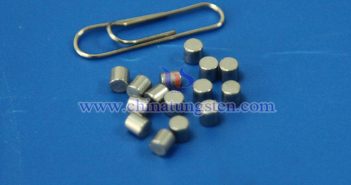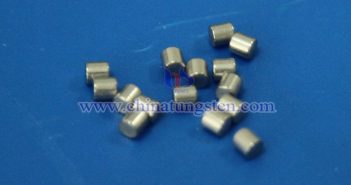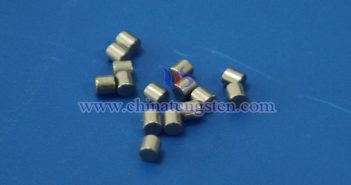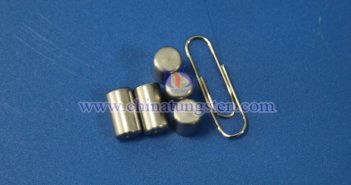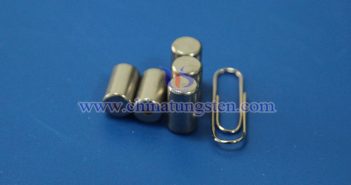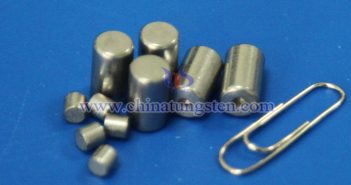
As a core component for high-power microwave signal amplification, microwave tubes are widely used in radar systems, satellite communications, electronic warfare, and other fields. Their performance directly depends on the electron emission capability and stability of internal electrode materials. Leveraging its unique material properties, the barium tungsten electrode has become a critical component for enhancing microwave tube efficiency, particularly demonstrating significant advantages under high-frequency and high-load operating conditions. 1. What is a Microwave Tube? A microwave tube is a vacuum…

